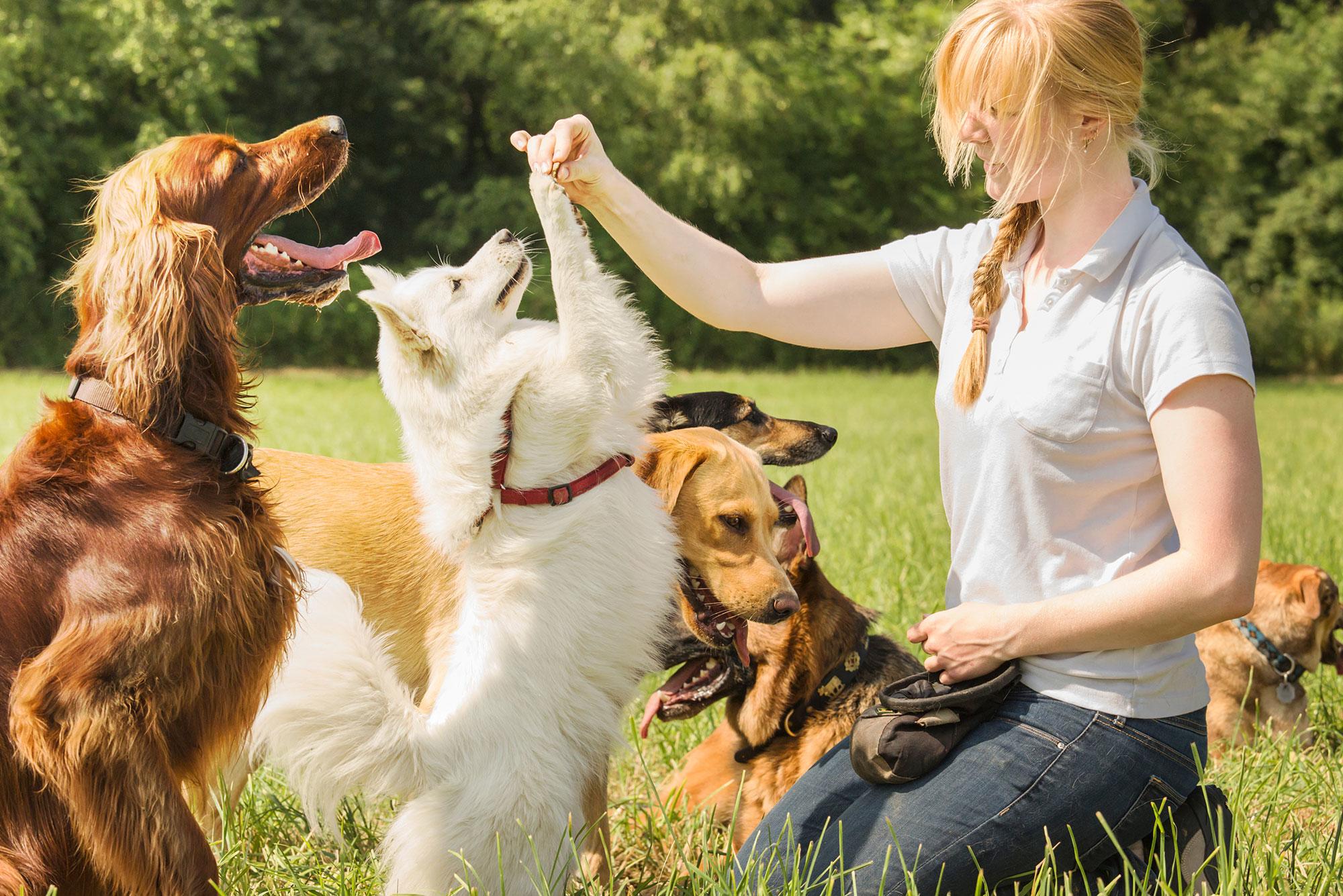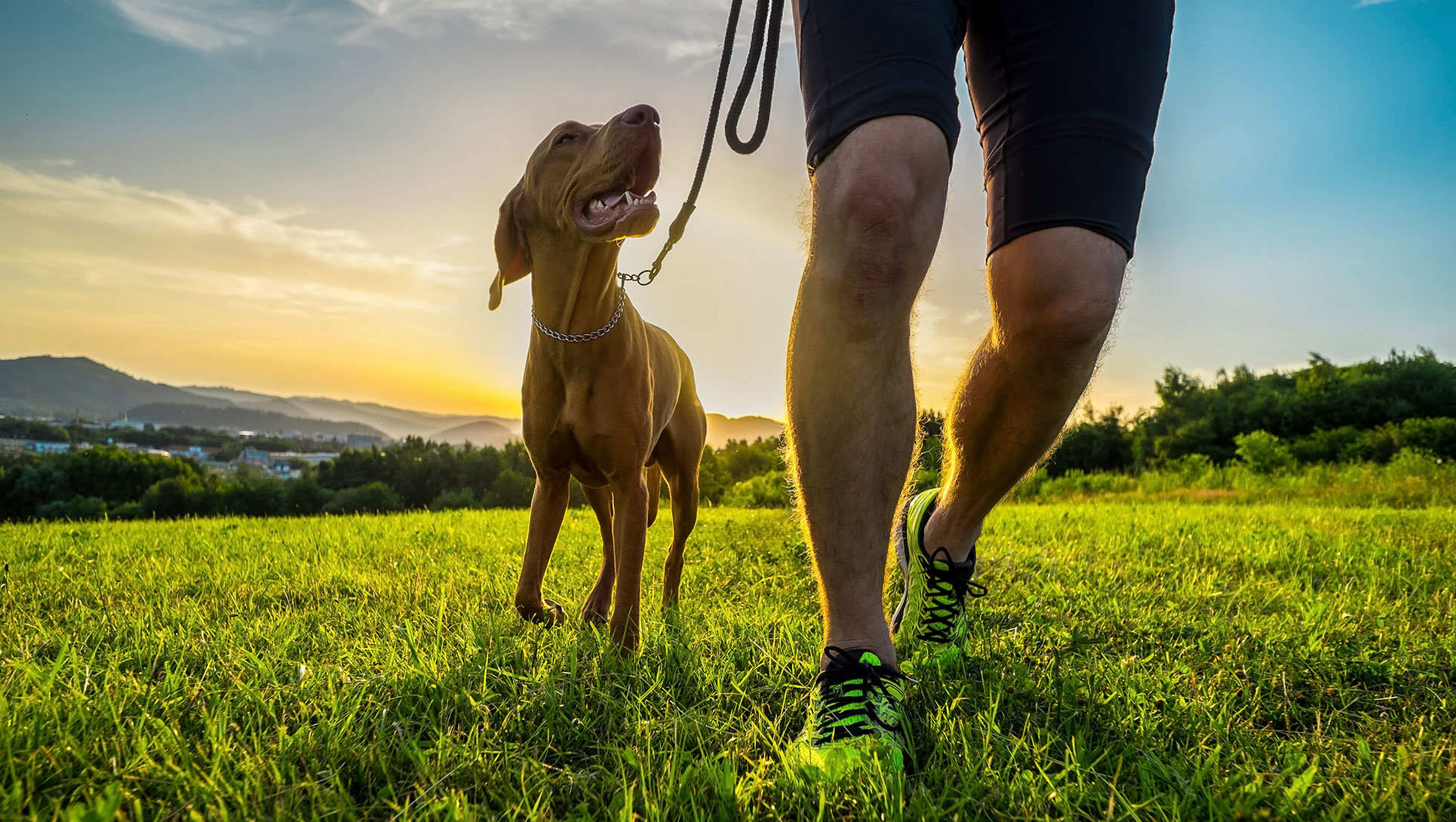Newbie's Guide to Successful Canine Training at Home
Efficiently educating a canine in your home requires a nuanced understanding of canine actions and reliable communication strategies. Developing clear training goals, making use of high-grade benefits, and maintaining uniformity across household participants are vital aspects. Incorporating training into day-to-day routines can boost both interaction and retention. However, lots of novice fitness instructors experience obstacles that may prevent progress. To navigate these intricacies effectively, it's vital to check out numerous key elements that can change your approach and result in an unified partnership with your pet. What fundamental principles should every novice grip to ensure success?
Recognizing Dog Actions
Recognizing pet dog habits is vital for efficient training and promoting a harmonious relationship in between human beings and their canine buddies. Canines communicate primarily through body movement, vocalizations, and facial expressions, making it important for owners to interpret these signals properly. Acknowledging behaviors such as tail wagging, growling, or shrinking can supply insights right into a pet dog's emotion and intentions.

Usual behavior concerns, such as aggression, anxiousness, or excessive barking, commonly originate from misunderstandings or unmet requirements. Observing and addressing these issues immediately can protect against escalation and guarantee a positive training experience. By cultivating a deep understanding of pet behavior, owners can tailor their training techniques to fit their canine friends, inevitably leading to a well-behaved and satisfied animal.
Necessary Educating Devices
A well-appointed training room can significantly enhance the effectiveness of canine training in your home. Vital training devices make sure that both the instructor and the pet can engage in productive sessions that promote knowing and bonding.

Purchasing a durable chain and a comfortable, well-fitting collar or harness is essential for security and control. These tools assist develop limits and ensure the pet remains safe and secure throughout training. Additionally, a marked training area, cost-free from disturbances, aids focus for both the fitness instructor and the pet dog.
Training help such as training pads, cones, or agility devices can additionally enhance the experience by presenting selection and challenges. Having a note pad or digital application for tracking progress can be very useful, allowing you to note successes and locations for renovation. Utilizing these crucial tools will develop a positive training environment and lay the structure for effective knowing.
Developing a Training Regimen
Developing a consistent training regimen is important for reliable dog training in your home. A well-structured routine not only aids in reinforcing desired behaviors however additionally supplies your canine with a sense of safety and predictability. To create an efficient training routine, begin by identifying particular training goals, such as fundamental commands, leash walking, or house-breaking.
Pick a marked time each day for training sessions, preferably when your dog is responsive and sharp. Procedure must be short, around 5 to 15 minutes, to maintain emphasis and stop tiredness. Consistency in timing and environment will boost your pet's understanding experience.
Integrate training into daily activities to enhance abilities. As an example, method commands during strolls or nourishment, click here for info which integrates learning right into all-natural routines. Additionally, remain flexible and adjust the routine as needed, fitting your pet dog's energy levels and state of mind.
Positive Support Techniques
Favorable reinforcement strategies are basic to efficient dog training, advertising desired actions with rewards instead of punishment. This approach uses favorable stimuli, such as deals with, praise, or play, to motivate pets to repeat specific activities. The cornerstone of this strategy is timing; benefits official site need to be provided immediately adhering to the preferred behavior to produce a clear association.
When applying positive reinforcement, it is vital to select incentives that are inspiring for your pet. High-value treats, such as little items of chicken or cheese, can be especially effective throughout training sessions. In addition, varying the benefits can keep your dog's rate of interest and excitement.
Start with easy commands, like "rest" or "remain," and gradually development to more complicated jobs. Consistency is crucial; ensure that all member of the family use the very same commands and benefit systems to prevent confusion.
Furthermore, it is essential to stay patient and avoid stress. Pet dogs, like people, find out at their own speed. By fostering a supportive training atmosphere via positive reinforcement, you can boost your dog's discovering experience while strengthening the bond between you and your fuzzy companion, preparing for effective training outcomes.
Common Training Challenges
While training a pet dog in your home can be a rewarding experience, it typically features a collection of usual obstacles that can examine both patience and consistency. One prevalent issue is distraction. Canines may end up being quickly sidetracked by noises, movements, or perhaps scents in their environment, making it difficult to maintain their focus throughout training sessions.
An additional obstacle is incongruity in commands and support. If relative utilize different cues or benefits, it can confuse the dog and prevent progress. Developing a unified technique is necessary for efficient communication.
Additionally, dogs can experience aggravation or stress and anxiety, specifically Check Out Your URL if they do not comprehend what is expected of them. This can bring about unfavorable behaviors, such as eating or barking.
Finally, the timing of support is important (Dog training). Delayed incentives can reduce the effectiveness of favorable reinforcement, as dogs might fail to attach the habits with the reward
Getting over these difficulties calls for commitment, clear interaction, and a structured training strategy. Recognizing and resolving these typical barriers will certainly lead the way for an extra satisfying and effective training experience in your home.
Verdict
In final thought, effective dog training in your home necessitates a detailed understanding of canine actions and efficient interaction techniques. By developing clear training objectives and utilizing high-grade treats together with favorable reinforcement, the training process comes to be more satisfying for both the instructor and the dog. Consistency, persistence, and adaptability are necessary components that facilitate understanding. Eventually, incorporating training into day-to-day regimens improves the bond between pet dog and proprietor, making the experience both productive and enjoyable.
Establishing a consistent training regimen is crucial for reliable pet dog training at home.Positive reinforcement strategies are basic to efficient canine training, advertising wanted habits through rewards instead than penalty (Dog training). By fostering a supportive training setting via favorable support, you can enhance your pet's understanding experience while enhancing the bond between you and your furry friend, laying the groundwork for successful training end results
In verdict, successful canine training at home demands a thorough understanding of canine habits and efficient communication approaches. By developing clear training goals and using top notch treats along with positive support, the training process comes to be a lot more rewarding for both the instructor and the canine.